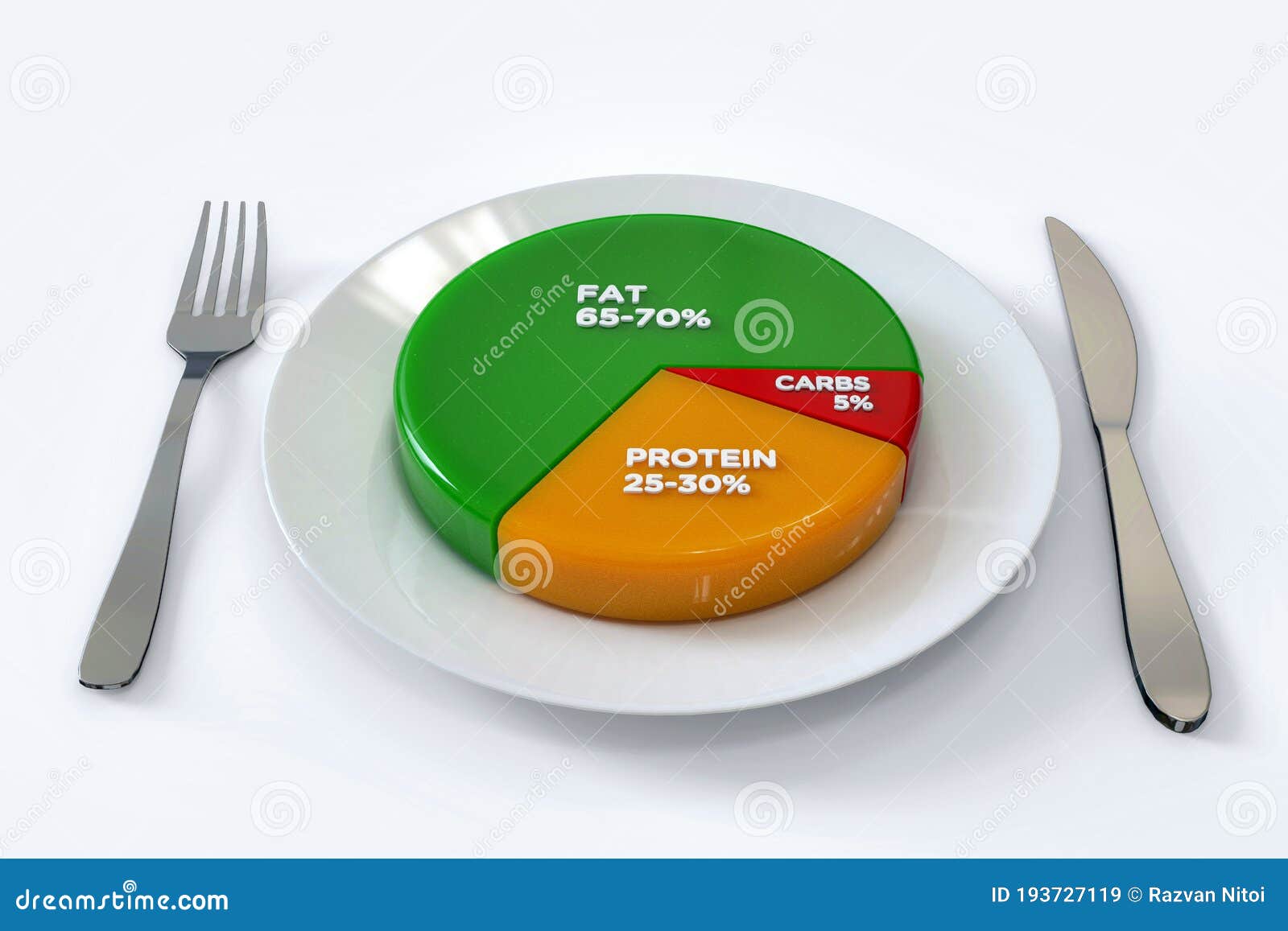

- Keto fat protein carb percentages how to#
- Keto fat protein carb percentages full#
- Keto fat protein carb percentages plus#
- Keto fat protein carb percentages professional#
In fact, even a few extra grams of carbohydrates here and there can stall progress and leave you feeling drained, irritable and frustrated. Keeping track of your macronutrient intake is vital to ensuring success on the ketogenic diet.
Keto fat protein carb percentages how to#
With the keto diet, it's essential to learn how to count your macros. The term “macronutrients” refers to the three main types of nutrients in your diet that provide you with calories: protein, fats and carbs. What Are Keto Macros?įirst things first when it comes to understanding keto macronutrients, let’s define what we’re talking about.
Keto fat protein carb percentages plus#
Let’s take a closer look at ideal keto macro percentages, plus how to calculate macros based on the specific keto diet you’re following. So what should your macros be on keto? And why does it matter how much fat you eat or how many grams of carbs you’re consuming?
Keto fat protein carb percentages professional#
Of course, you should always consult your healthcare professional prior to starting any diet or lifestyle program.įortunately, once you break down the scientific jargon and technical terms, calculating your keto diet macros is actually much easier than it seems. Available in Pineapple Coconut, Butter Coffee and White Chocolate Coconut.While getting into ketosis can have many perks, the thought of measuring ketones, keto macros and keto ratios might be intimidating for many, especially if you’re a keto diet beginner. Made with 75% fat, 20% protein and 5% carbs - delivering keto macros to burn fat for fuel. ZonePerfect Keto Shakes are perfect for people following the keto diet.

If you are considering starting a keto regimen, research it well, consult with your doctor and have regular blood lipid testing to ensure your cholesterol and other levels stay in healthy ranges. Pregnant women, serious endurance athletes and people managing Type 1 diabetes as well as other conditions may have trouble with the restrictions of a keto diet. Further, the combination of fat and protein on the keto diet may contribute to increased feelings of satiety.Ī keto diet is an option for people looking to lose fat and build muscle, but like any diet, it's not the best choice for everyone. Bede notes that you might notice increased energy throughout the day and some people report a feeling of greater mental clarity or focus. Remember that this transition might last about three to five weeks, and the benefits can certainly outweigh the immediate side effects. When you're in a pinch, you can grab a ZonePerfect Keto shake in flavors like White Chocolate Coconut or Butter Coffee. to meet your targets to stay fueled and satiated on the go Ī typical keto diet will consist of foods high in protein and healthy fats, including red meat and poultry, fatty fish, non-starchy vegetables, dark, leafy greens, avocado, coconut oil, keto-style coffee, bone broths and of course plenty of water.
Keto fat protein carb percentages full#
Interested in a keto meal plan? Check out a full day of recipes here. "With a keto diet, the breakdown is approximately 75 percent fat, 20 percent protein and 5 percent carbohydrates." For example, a woman who weighs 150 pounds and is moderately active is recommended to eat 25 grams of carbs (think one medium sized apple!), 86 grams of protein (a little over three 3 oz chicken breasts) and 189 grams of fat (hello, avocados and nuts!) per day on the keto diet. "On a standard diet, most people consume approximately 50-55 percent carbohydrates, 20-25 percent protein and 20-25 percent fat," says Bede. The key to keto is knowing what's in your food. Related: Sign up for keto quick-start guides and more What You'll Be Eating "This can be a hard shift for someone who's been fueling with bagels and pasta their entire life, but after three to five weeks, the body adapts," Bede explains. This phase can come with some lethargy and other symptoms as your body adjusts (we discuss this more later) but you'll start to notice weight loss as well as more steady energy and less hunger. The move from carb to fat fueling is marked by an adaptation phase. Ketones can eventually be used by the body for energy.

However, without regular replenishing of carbohydrates, the body begins to break down fat for energy, resulting in the formation of ketones. "When carbs are available, the body will naturally turn to them for energy instead of using dietary fat or stored body fat," explains Pam Nisevich Bede, RD, MS, a dietitian with Abbott. Normally your body gets energy from readily available carbohydrates, but on a keto diet, your carb intake is slashed. When you're on the ketogenic diet, you are in a state similar to fasting – your body is using fat for fuel.


 0 kommentar(er)
0 kommentar(er)
